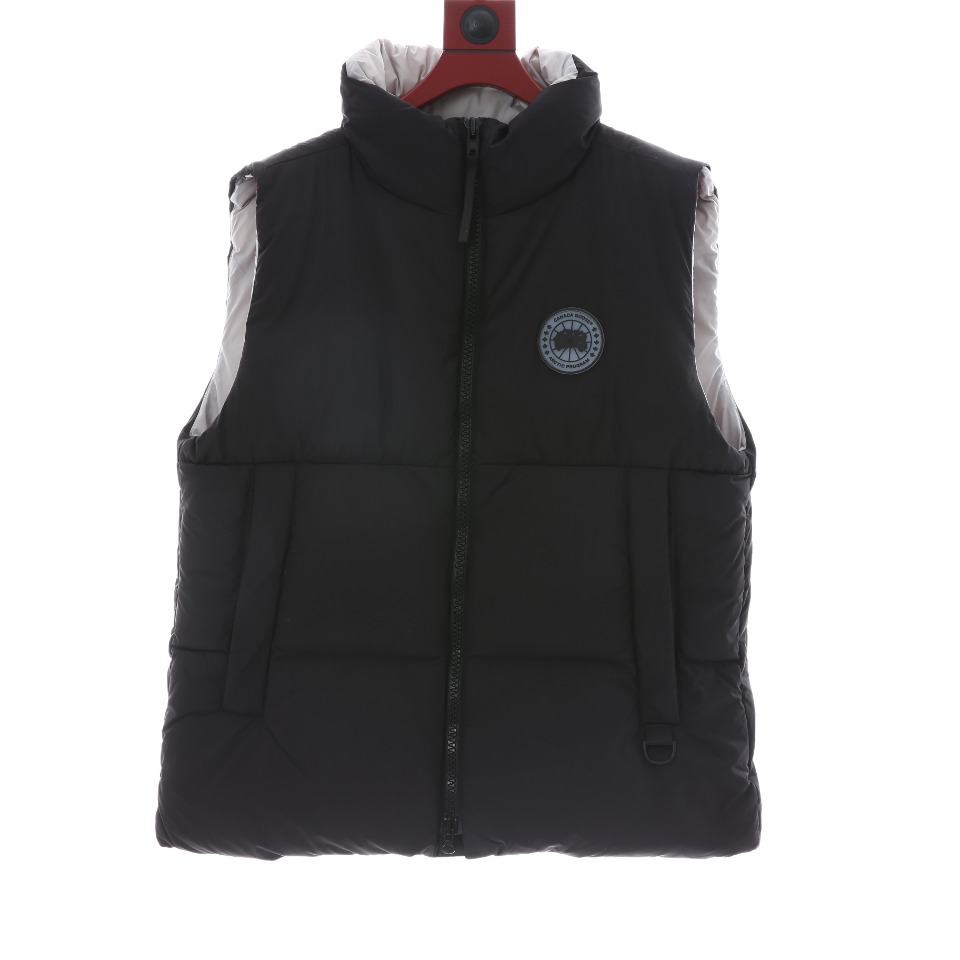The Rise of Sustainable Luxury: How Eco-Friendly Practices are Transforming the Fashion Industry
The fashion industry has long been associated with glamour, creativity, and innovation. However, in recent years, it has also faced increasing scrutiny for its environmental impact. As consumers become more environmentally conscious, the demand for sustainable luxury has grown significantly. This shift is not only changing the way fashion brands operate but also redefining the concept of luxury itself.
Sustainable luxury refers to high-end products that are produced in an environmentally and socially responsible manner. This includes using eco-friendly materials, reducing waste, and ensuring fair labor practices. One of the key drivers of this trend is the growing awareness of the fashion industry’s contribution to pollution and climate change. According to a report by the United Nations, the fashion industry is responsible for 10% of global carbon emissions and 20% of wastewater.
 yupoo-china Wholesale Supplier Branded clothing, join us on whatsapp | Yupoo
yupoo-china Wholesale Supplier Branded clothing, join us on whatsapp | YupooIn response to these challenges, many luxury fashion brands are adopting sustainable practices. For example, Stella McCartney, a pioneer in sustainable fashion, has been using organic cotton, recycled materials, and innovative alternatives like mushroom leather in her collections. Similarly, Gucci has launched its “Off The Grid” collection, which features products made from recycled and sustainably sourced materials.
Another significant development in the sustainable luxury market is the rise of circular fashion. This concept involves designing products with their entire lifecycle in mind, from production to disposal. Brands like Eileen Fisher and Patagonia are leading the way by offering repair and recycling services for their products. This not only extends the lifespan of the items but also reduces the need for new resources.
The shift towards sustainable luxury is also being driven by changing consumer preferences. Today’s consumers, particularly millennials and Gen Z, are more likely to support brands that align with their values. A study by Nielsen found that 73% of global consumers are willing to change their consumption habits to reduce their environmental impact. This has led to a surge in demand for eco-friendly and ethically produced luxury goods.
In addition to environmental benefits, sustainable luxury also offers economic advantages. By adopting sustainable practices, brands can reduce their operational costs and improve their reputation. This, in turn, can lead to increased customer loyalty and higher sales. Moreover, sustainable luxury products often command higher prices, as consumers are willing to pay a premium for items that are both stylish and responsible.
Despite these positive trends, the transition to sustainable luxury is not without challenges. One of the main obstacles is the high cost of sustainable materials and production processes. Additionally, there is a need for greater transparency and accountability in the supply chain to ensure that brands are truly adhering to sustainable practices.
To overcome these challenges, collaboration and innovation are key. Brands, suppliers, and consumers must work together to create a more sustainable fashion industry. This includes investing in research and development of new materials, implementing stricter regulations, and promoting awareness about the importance of sustainability.
In conclusion, the rise of sustainable luxury is transforming the fashion industry. As more brands adopt eco-friendly practices and consumers prioritize sustainability, the concept of luxury is evolving. This shift not only benefits the environment but also offers economic and social advantages. By embracing sustainable luxury, the fashion industry can pave the way for a more responsible and stylish future.